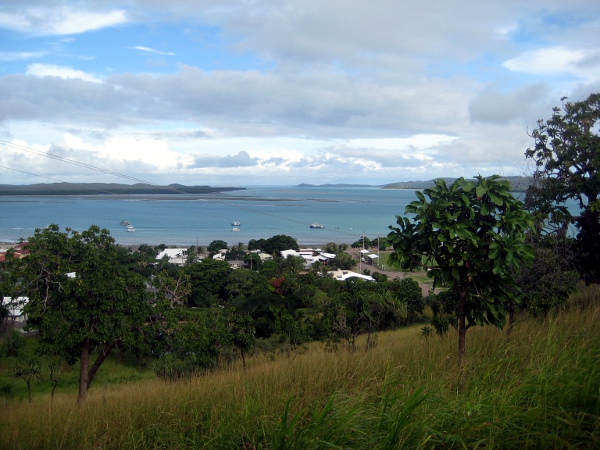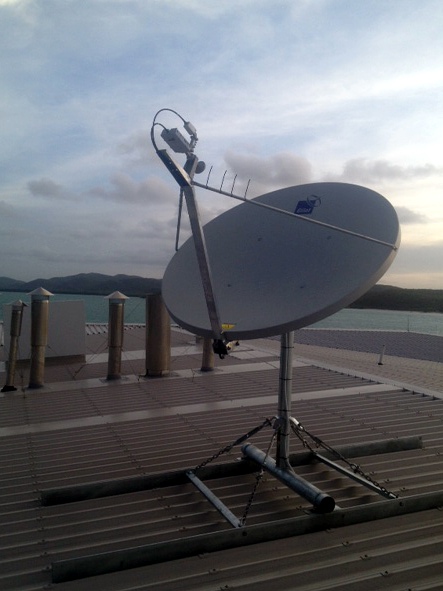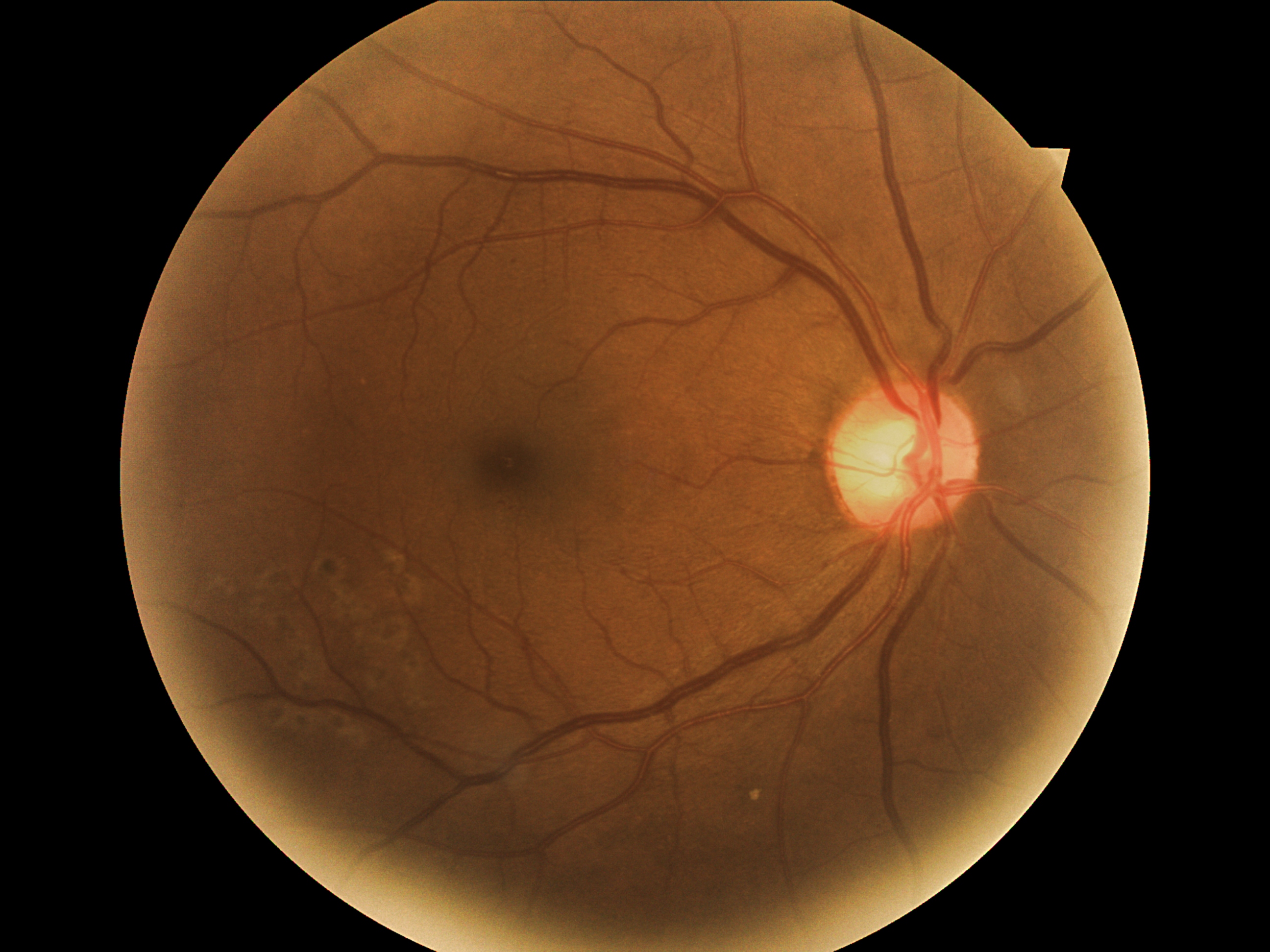By Ali Green and Sarah Klistorner
An estimated one million Australians have diabetes and this number is expected to double by 2025. About 60 per cent of these people will develop eye issues, like the diabetes-related disease retinopathy.
Diabetic retinopathy is one of the leading causes of irreversible blindness in Australian adults. The disease often has no early-stage symptoms and is four times more likely to affect indigenous Australians.
Just imagine if this disease was preventable.
Thursday Island, Torres Strait part of the Tele-eye Care trial. (CSIRO)
On Thursday Island, Torres Strait, an ophthalmic nurse is screening eyes at the local hospital as part of the Tele-eye Care trial.
During the past few months, our researchers have been working with Queensland Health and the Indigenous and Remote Eye Health Service (IRIS) on the Torres Strait Islands to set up a remote eye screening service – giving hundreds of people access to specialist eye care.
For people living in remote areas, travelling a 5 hour round trip for specialist medical care can be disruptive to their family and community. Transporting patients can also be expensive.
One of these satellite dishes sends a patient’s retinal images and health data from a remote community health clinic thousands of kilometres to the desk of a city ophthalmologist.
Patient’s retinal images and health data can be sent from a remote community health clinic to the desk of a city based ophthalmologist.
Our Remote-I system is saving patients from the long and sometimes unnecessary journey by utilising local clinicians to conduct routine 15 minute retinal screenings, often as part of scheduled health clinic visits. Our technology sends hi-res retinal images taken in the screenings to ophthalmologists in Brisbane via satellite broadband.
Previously, ophthalmologists would only be able to fit in a limited number of eye screenings and surgeries when they visited remote communities. Once fully implemented, a city-based ophthalmologist will be able to screen up to 60 retinal images per week with the help of Remote-I.
Preliminary results from a review of data collected at one location showed that only three out of 82 patients screened to that date had a sight-threatening condition and required an immediate referral. Previously, those other 79 patients not requiring referrals may have held up the queue while the specialist was visiting the remote community. With Remote-I, those who need immediate treatment or attention can already be first in line.
With only 900 practicing ophthalmologists in Australia, and a high demand for eye health services in remote locations, finding new ways to deliver health services to remote communities is vital to providing the best care when and where it’s needed.
IRIS Coordinator patient screening in the Torres Strait.
IRIS Coordinator patient screening in the Torres Strait.
By June 2014 the Tele-Eye Care trial will have screened 900 patients in remote WA and QLD. In addition to streamlining health care processes, the trial is collecting a lot of data.
And this is where the science gets interesting.
With patients’ consent, collected images will be used by the Tele-Eye Care project to study blood vessel patterns in retinas. Algorithms will then be designed to automatically detect particular eye diseases, which will aid diagnosis in routine screenings.
Even though tele-ophthalmology has been around for many years, this is the first time anyone has looked at image processing techniques to automatically detect eye defects in routine screening environments via satellite broadband.
Retinal image, CSIRO, 2014.
Retinal images, each around 1.5MB in size, and electronic patient files are sent to an Ophthamologist in Brisbane.
We’re working hard to deliver better health outcomes for indigenous Australians. Being able to provide diagnoses on the spot will make a huge impact on delivering faster, more cost effective eye care services to the outback and prevent blindness.
This initiative is funded by the Australian Government.
Media contact: Ali Green +61 3 9545 8098





